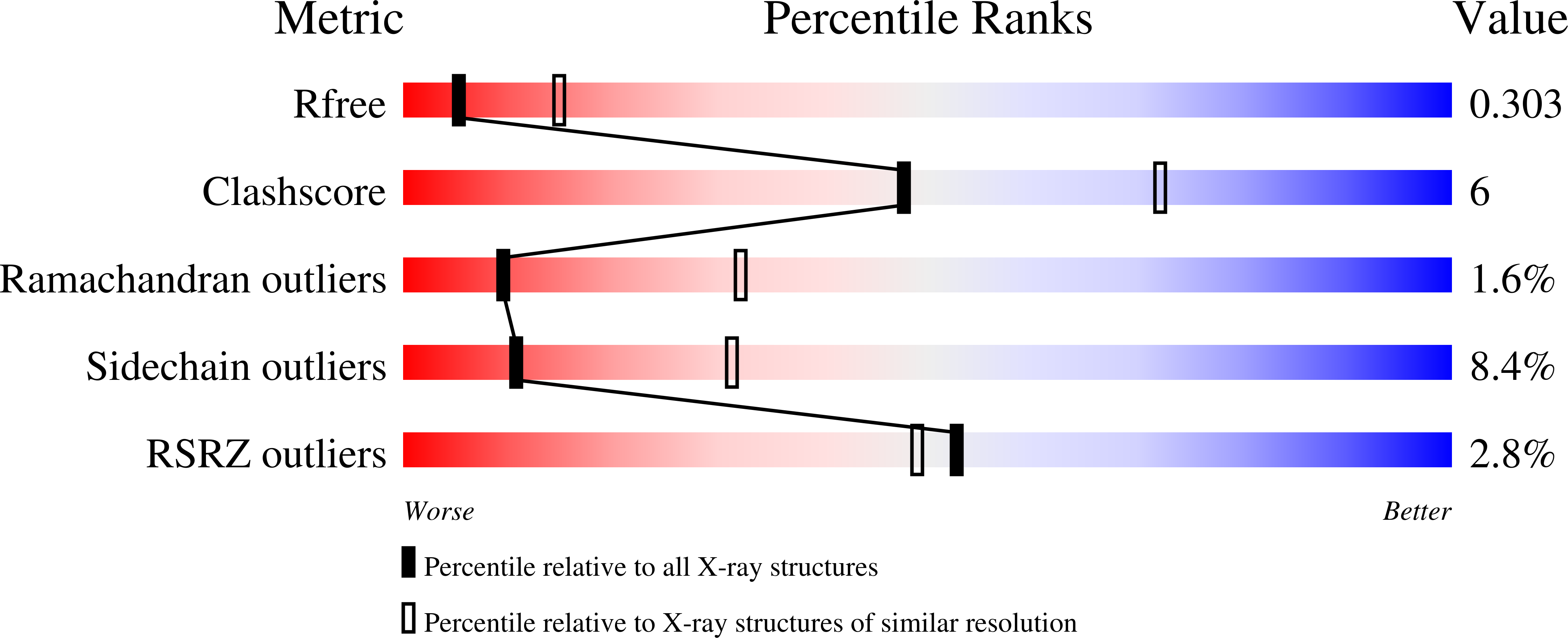
Deposition Date
2021-02-02
Release Date
2022-01-26
Last Version Date
2024-01-31
Entry Detail
PDB ID:
7NDU
Keywords:
Title:
Gag:02 TCR in complex with HLA-E featuring a non-natural amino acid
Biological Source:
Source Organism:
Homo sapiens (Taxon ID: 9606)
Human immunodeficiency virus 1 (Taxon ID: 11676)
Human immunodeficiency virus 1 (Taxon ID: 11676)
Host Organism:
Method Details:
Experimental Method:
Resolution:
2.90 Å
R-Value Free:
0.30
R-Value Work:
0.24
Space Group:
P 43 21 2


